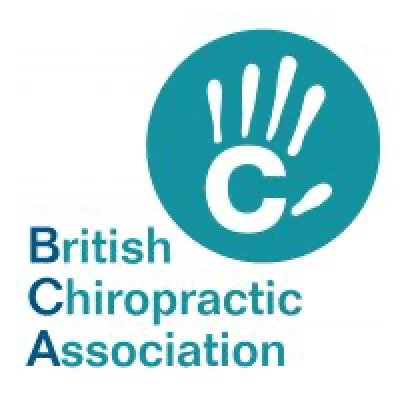Self-Cracking: Is it any good for you?
Self-Cracking: Is it any good for you?
Most of us have heard the saying that if you keep cracking your knuckles, that you will end up with arthritis. I don’t know where this originally came from, but I do believe that there is a theory behind this statement. However, the few bits of research done on this hypothesis have proven it to be nothing more than an ‘old wives’ tale.
But, what is the cracking sound?
Within all our joints is synovial fluid, which is encompassed in a lining surrounding the joint. It helps lubricate the the joint for movement and is where a nitrogen bubble lives. When the pressure changes, such as when receiving a specific Chiropractic adjustment or twisting your body in a certain way, this one bubble pops into lots of little bubbles. The gas bubbles do not leave the joint. It then takes roughly 20 minutes to reform as one bubble again and that’s why you can’t crack the same knuckle immediately after.
So, what do Chiropractic adjustments do?
It’s a common misconception that a Chiropractic adjustment is to ‘realign the spine’ or ‘put a vertebra back in place’. We’d all be in serious trouble if this happened so easily. Bones don’t move, joints do! The specific push itself, along with the pop, helps to increase the joint movement by temporarily increasing the space. Watch this amazing video of a knuckle being cracked through MRI imaging.
What is meant by self-cracking?
Patients that visit the clinic will often disclose during their consultations that they self-crack joints in their spine to relieve the pressure, pain and restriction that builds. You may be surprised to hear that this can be fuelling the problem. It normally ends with needing to repeat the self cracking more often, as the relief gets shorter and shorter. So what starts as once or twice a day, can easily become twenty per day over the course of time. It’s also clear that the self-cracking doesn’t work as otherwise they wouldn’t seek our help with the problem.
Why doesn’t self-cracking help?
The reason why it isn’t helpful is because by self-cracking you are usually getting the exact same joint every time. This leads to that joint becoming hyper-mobile, meaning it moves too much. (Check out my previous blog for more info on Hypermobility.) You may find it even starts cracking on its own by simply turning your neck or rolling out of bed. By encouraging or producing a hyper-mobile joint, you create the joint directly above and/or below to tighten up and become restricted. THIS joint is the one that needs cracking, or adjusting, as we call it in the Chiropractic world.
How can this potentially cause arthritis?
When I talk about arthritis in this instance, I am referring to only Osteoarthritis. There are many factors that can contribute to the formation of this normal wear and tear type, such as:
- Injury
- Overuse
- Genetics
- Inflammation
- Diet
Now I’m not going to go into all the details of this arthritis, but I want to link it to the topic of self cracking. It is already known in the medical world that people that suffer with hyper-mobility tend to have increased amounts of osteoarthritis than is normal for their age. Why is this? The way I picture it and explain it to patients, is when joints move too much it can create a friction type burn or rub within the joint. This inflames the capsule and causes irritability. The body responds by wanting to create stability within the joint that is technically unstable. Especially if it doesn’t have any strength protection in the surrounding muscles. It does this by forming little bony nodules in and around the joint, which will start to limit the movement allowed. Even though this isn’t ideal and can sometimes (not always) cause pain, the body is very clever at adapting to it’s situation and function.
So if we take this theory and relate it back to self-cracking, which is something that creates too much movement in the joint. Can you see theoretically why continuously and repetitively cracking your knuckles or any other joint in your body could cause arthritis or more arthritis than is necessary?
So what’s the solution?
There is no simple quick fix, you have to go completely cold turkey and not do any self-cracking! Unfortunately, this is not easy as the pressure pain has to build and you have to resist the temptation to crack the joint. I promise that it can get better though, but only by riding through the pressure. Once you crack the over mobile joint again, sadly it’s back to square one on the journey. There are things you can do to help yourself through the process, such as strength training, having a massage or seeing a Chiropractor to help get the stubborn joint restriction moving.
If you have any questions about your own self-cracking, please do not hesitate to get in touch with Nadene using her email, below.
nadene@tivolichiropractic.co.uk
Read our next article by Chiropractor, Kelly, to find out her top Self-Management Tips for managing you back pain at home!



























